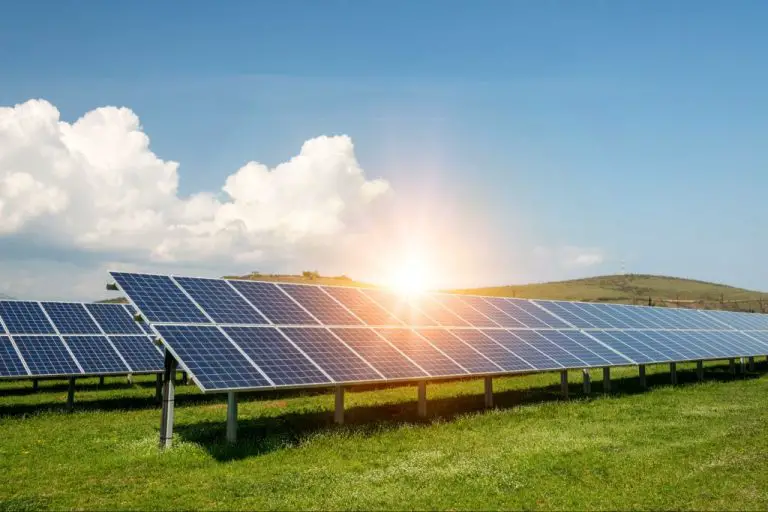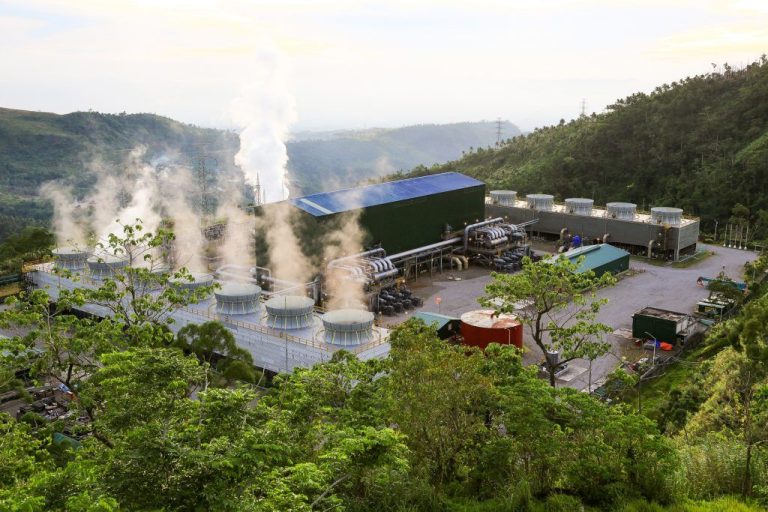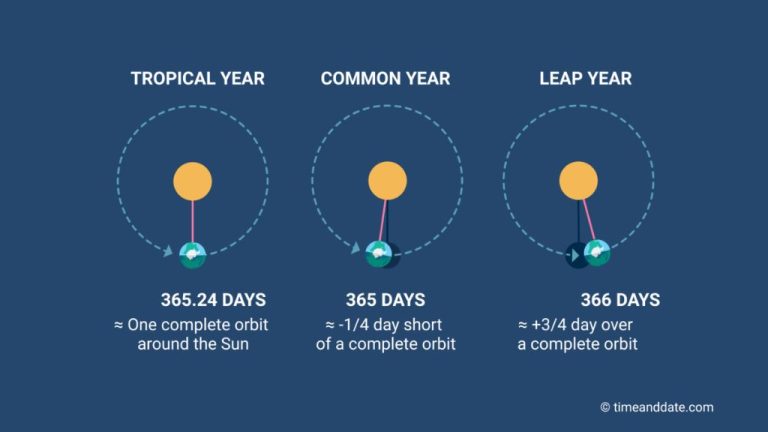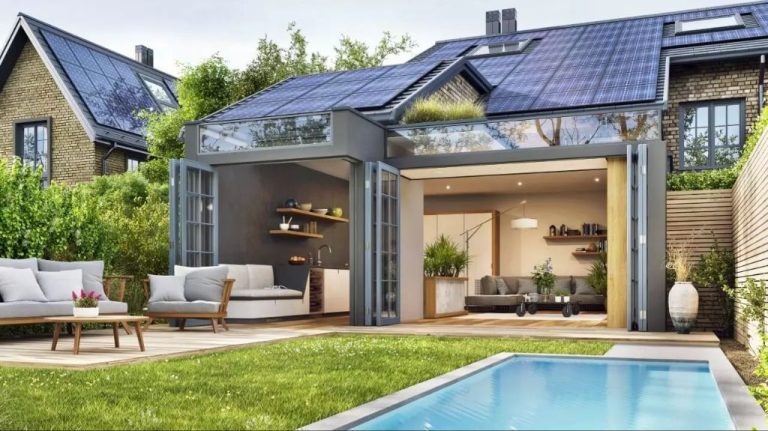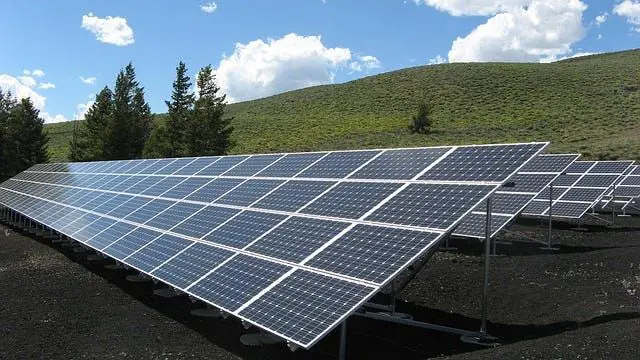What Appliances Cannot Be Used With Solar Power?
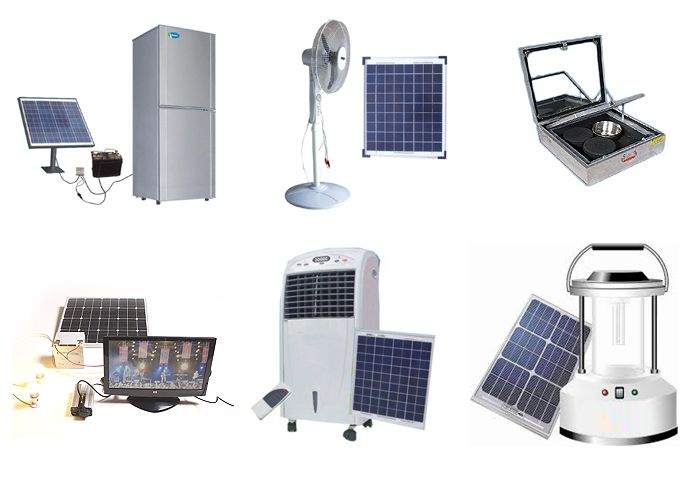
Solar power has become an increasingly popular energy source, especially for off-grid applications. Off-grid solar systems allow homes and businesses to generate their own electricity, independent from the utility grid. This provides energy autonomy and reduces reliance on fossil fuels. However, off-grid solar systems do have some limitations. Firstly, they can be expensive to install initially, especially if the site is remote and requires significant solar array and battery storage capacity (Source). Maintenance costs over time can also add up. Additionally, solar power production relies on sufficient sunlight, so energy needs cannot be met fully on cloudy days or at night without a large battery bank. Finally, high electric load appliances like air conditioners, ovens, and clothes dryers may exceed the capacity of an off-grid solar system. These limitations require careful planning in terms of load analysis, system sizing, energy efficiency, and budget.
High Electric Load Appliances
Certain high electric load appliances like refrigerators and air conditioners often cannot be powered directly by solar panels alone due to their high energy demands. According to one source, while it may be possible to connect appliances directly to solar panels, running high load devices like AC units would likely require a robust solar panel system with battery storage to handle the demand (source). Air conditioners in particular can consume a lot of energy and solar panels may not be able to meet the power needs on their own.
Refrigerators also have a relatively high energy draw, especially older models. New Energy Star certified refrigerators are more energy efficient, but still require significant power. Running a refrigerator solely from solar would likely require a properly sized solar array and battery backup to store excess energy for overnight use when solar production is unavailable (source). Overall, appliances with high electricity demands present challenges for solar power systems without grid integration or proper battery storage.
Heating and Cooling
High power consumption appliances like central air conditioning and electric heaters can be challenging to run completely on solar power. Air conditioners in particular have a high electric load, requiring 3-5 kW on average (source). This is because the compressor and fan motor draw a lot of energy to cool and circulate air. During hot sunny weather when cooling is needed most, solar panels may not produce enough surplus power beyond running other appliances.
That said, it is possible to use solar with these appliances by undersizing the system or using batteries to store excess daytime solar production. Air source heat pumps are another efficient option, providing both heating and cooling. Combining solar panels with a heat pump can utilize the panels to power the compressor (source). Proper sizing and energy storage are key for high draw appliances on solar power.
Cooking
Many standard kitchen appliances like ovens, ranges, and cooktops use high wattages that may exceed the capacity of a solar power system. Electric ovens often use 2,000-5,000 watts. Similarly, electric cooktops and ranges can use 1,200-5,000+ watts depending on the number of burners and heating elements. This high energy draw makes most electric ovens, cooktops, and ranges impractical to run directly on solar power.
This doesn’t mean you can’t use these appliances at all with solar power. But you’ll need a sufficiently large solar array and battery storage system to handle the energy demand. You may also need to schedule high-draw cooking appliances during sunny daylight hours when solar production is highest.
More energy-efficient alternatives like convection ovens, induction cooktops, and combination oven/microwaves can potentially be powered by smaller solar setups. But even these lower wattage appliances may be challenging to run directly on solar electricity.
Laundry
Laundry appliances like electric dryers and some washing machines have very high electricity demands, which can be challenging to power solely with solar energy. Electric dryers in particular use a heating element that requires a lot of power, typically around 3,500 watts (3.5 kW). This would require a very large solar array to generate enough electricity to run an electric dryer during daylight hours (“Powering high loads like dryer”).
Some high efficiency washing machines also have high electricity draws due to fast spin cycles and heating elements for sanitizing laundry. However, there are also more energy efficient models available that use less power and water (“What Appliances can be Run on Solar Power?”). Choosing an ENERGY STAR certified washer can help reduce electricity demands.
In summary, running electric dryers and some washing machines solely on solar power is very challenging due to the high electricity load. Carefully sizing the solar array and selecting energy efficient appliances can help reduce the load.
Entertainment
High-load home entertainment appliances like large, flatscreen TVs and surround sound home theater systems can use a significant amount of electricity. Large TVs over 50 inches can consume over 200 watts, with even higher power needs for 4K or 8K resolution models (1). Running a home theater system with multiple components like a receiver, Blu-ray player, gaming consoles, and speakers can also draw over 200+ watts continuously.
While solar panels can produce enough energy to power these systems during daytime hours, high evening usage when solar production has stopped can make it challenging to rely solely on solar. Large battery banks are often required to store enough energy to operate high-load home entertainment appliances into the night (2). Adding more solar panels can help produce excess power during the day to recharge batteries for nighttime usage. But the high costs of extra solar capacity and batteries may outweigh the benefits for some homeowners.
One option is a grid-tied solar system that sells excess daytime solar production back to the grid, then repurchases grid power at night for entertainment needs. This avoids large battery costs while still offsetting a majority of daytime entertainment power needs. Careful scheduling of entertainment usage to daylight hours when possible can also help reduce reliance on batteries or grid power. But the high evening demand of home entertainment remains one of the biggest challenges for relying solely on solar energy.
Outdoor Power Equipment
Many outdoor power tools like lawnmowers, leaf blowers, and chainsaws have high electric loads that standard solar panels may struggle to meet (1). These tools require a lot of power in short bursts to operate motors and cutting blades. For example, a typical electric lawnmower may draw over 10 amps while the motor is running (2).
Portable gas generators can provide the intermittent power needed for equipment like lawnmowers. But gas generators are loud, polluting, and require ongoing fuel purchases. A better solar solution is to size your solar array and batteries appropriately to handle the high loads. You may need multiple large solar panels (e.g. 400 watts each) paired with several deep cycle batteries to provide enough power storage (1).
Some key factors when sizing your solar system for outdoor power equipment are the power rating of the tools, runtime needed per charge, and sunlight availability in your area. Consulting with a solar installer is wise to ensure your system can adequately power equipment like lawnmowers for your specific needs (3). With proper planning, solar can eliminate the noise and fumes of gas powered outdoor equipment.
Sources:
(1) https://www.jmesales.com/pro-outdoor-solar-power-system/
(2) https://www.youtube.com/watch?v=xjQRCgYsr4s
(3) https://bluettipower.com/blogs/news/solar-powered-backyard-gardening-tools-that-can-be-powered-with-solar-power
Medical Devices
Medical devices like nebulizers and oxygen concentrators require a continuous source of electricity to operate properly. Nebulizers convert liquid medication into a mist for easier inhalation, while oxygen concentrators filter nitrogen from room air to provide supplemental oxygen (Energy5).
These devices typically have high electrical loads that may exceed the capacity of a standard solar power system. Nebulizers can draw up to 175 watts, while an oxygen concentrator may require 300-500 watts of continuous power (Bluetti Power). This high energy demand makes them less compatible with solar power unless a large system with battery storage is installed.
For critical medical devices, it is recommended to maintain a connection to the grid as a backup power source. Portable solar generators can provide supplementary charging capabilities in remote locations or during outages, but may not fully power high-draw medical equipment over extended periods (EcoWatch). Proper system sizing and energy management is crucial when relying on solar panels to operate sensitive medical devices.
Pool and Hot Tub
Solar panels can be an effective way to reduce electricity usage for pools and hot tubs. However, certain high-power components like filters, heaters, and cleaners may still need to rely partially on grid electricity.
Solar heaters using solar thermal panels can offset 70-100% of water heating needs for a pool or hot tub during warm months, according to Renewable Energy Northwest LLC (1). These work by circulating pool water through solar collectors to absorb heat from the sun. However, solar thermal systems may not provide enough heat in cold weather, so a conventional heater is still needed as a backup (1).
High-powered pool pumps and cleaners have significant electricity demands that would likely require a very large solar PV system to operate solely on solar. For example, pool filtration pumps often use 1-3 hp motors running 10 or more hours per day (2). Automatic pool cleaners can use 200-500 watts of power (3).
While solar can offset some of these loads, most pools and hot tubs will still need a connection to the electrical grid to handle peak demands. Careful load management is needed to maximize solar self-consumption.
Sources:
(1) https://www.renewableenergynwllc.com/solar-power-heat-pool-hot-tub/
(2) https://www.greenmatch.co.uk/blog/2015/10/how-much-electricity-does-a-swimming-pool-use
(3) https://www.swimuniversity.com/pool-cleaner-cost/
Conclusion
In summary, there are certain high-powered appliances that generally exceed the capacity of most residential solar power systems. These appliances include central air conditioning and heating systems, electric ovens and cooktops, electric dryers, hot tubs, pools, well pumps, and medical devices like oxygen concentrators. While it may be possible to operate some of these devices periodically on solar power, most homeowners will find these appliances exceed the generating capacity on a typical rooftop solar array.
Instead, solar power systems are generally designed to comfortably run most lower-powered devices like lights, TVs, computers, and smaller appliances. To operate high-load devices, homeowners can size their solar system substantially larger, incorporate battery storage, limit use during peak sun hours, or maintain a grid connection to supplement solar generation. With careful planning, some high-power appliances can be incorporated into a solar system. But in general, the average residential solar array will not have capacity to solely run central AC, electric heat, large entertainment systems, pools, hot tubs, and other heavy loads.

